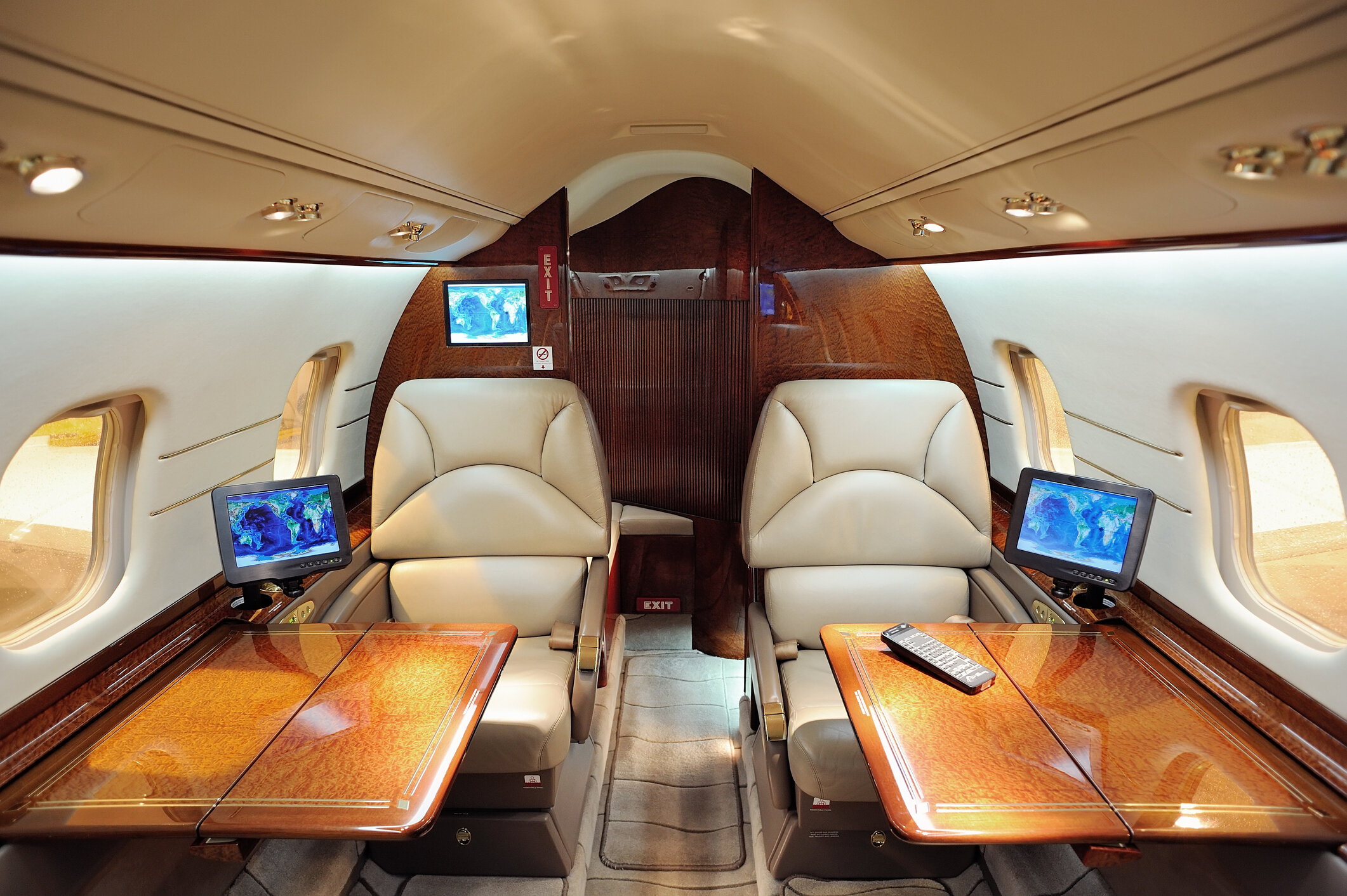Refitting an airplane or buying a new one: pros and cons
The refit market in the business aviation segment is booming. Many of the aircraft delivered over the past 15 years are still in excellent working order, which is why private commercial aircraft owners often invest in upgrading existing aircraft rather than replacing them with younger or recently produced aircraft. All aircraft must follow a specific inspection schedule in order to operate legally. Aircraft owners often perform upgrades or refits of their aircraft during scheduled inspections and maintenance, as both of these jobs typically requireaccess to the same areas of the plane.
Upgrading an aircraft or buying a new one: pros and cons
The decision to upgrade the interior of your plane is not all that different from the decision to renovate the house you live in or build a new one. From a financial point of view, significantly less investment is typically involved in renovation work than when building something completely new. The same applies to private jets, as upgrading a business jet usually requires less investment than a acquiring new one.
The amount of money you spent on upgrading your plane and the amount of upgrades is entirely up to you, but investments can vary from a few hundred thousand dollars to several million, depending on a number of factors, such as the age and size of the aircraft. Upgrading and refitting the cabin of an aftermarket aircraft will take much less time than designing and delivering a new aircraft. It can take up to 18 months to purchase a new jet, depending on the aircraft type and the level of customization you are looking for. In comparison the process of purchasing and upgrading an aircraft on the aftermarket can take from 3 months, depending on the nature of the upgrades and your specific requirements.
Wide range of design options
Many people choose to refit their aircraft because of the wide variety of available options. There is an extensive list of modifications and improvements you can make to your jet, from technology upgrades to small details to improve the aircraft's appearance. On top of this, by refitting an existing aircraft you can incorporate the benefits of new avionics, interior and multimedia technologies that may not have been available when the aircraft was originally produced. Here are some of them:
Fabric
Upgrade of sofa and chair upholstery
Replacement of carpets
Replacement of cabin/cockpit upholstery
Refacing
Additional protective coatings
Cockpit upgrade
Technology
Wi-Fi installation
Upgrade of cabin-management system
Onboard entertainment
Installation of touch screens
Integration of mobile devices
Avionics upgrade
Upgrade of weather sensors
Upgrade of navigation and communication systems
Additional
Cabin reconfiguration
Installation of LED lighting
Sound insulation
Mechanics upgrade
Interior improvements and technological upgrades normally require less investment than major changes such as cabin reconfiguration and the replacement or restoration of surfaces. Ultimately, you decide what modifications and improvements you would like to make to your aircraft and how much you are willing to invest.
Where to begin
If you want to buy and refit an airplane or upgrade an existing one, you can benefit from the support of an aviation consulting company: aviation consultants, as a rule, have extensive experience in the industry, an extensive network of targeted contacts, and also an in-depth understanding of the limitations and capabilities of specific aircraft designs that determine its value. They can also work with your pilots and crew to to monitorproject implementation. If you decide to use the services of a private aviation consulting firm, your consultant should do the following:
1. Give you a solid idea about your options in respect of purchasing and refitting an aircraft, analyze capital costs with you and discuss design considerations.
2. Recommend and negotiate with various tech companies, and solicit proposals from each one detailing the time, cost, and expertise required to complete the job.
3. Regularly visit the plane with you and make sure that there are no deviations from the project schedule. Your consultant will help you analyze any problems or changes that increase the workload so that you can make the most informed assessment and work to keep the project on track.
4. Work in close contact with your flight crew to analyze the completed project in detail for compliance with the statement of work. This review should include inspections, a flight test, and a revision of technical refit records to confirm that they comply with the required regulations. All this is necessary in order to ensure that the completed project meets the requirements of the contract.
Aviation Consultants are uniquely qualified to handle all phases of the purchase of aftermarket aircraft and refitprocess. If in the future you need to upgrade an aircraft, a consulting firm will lead you hand in hand through the process and ensure that your aircraft is refitted in accordance with the highest standards at every stage of the journey.


